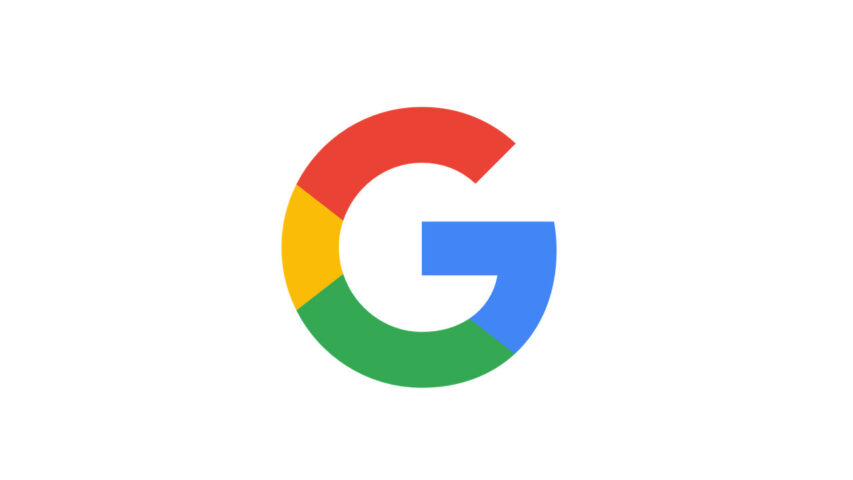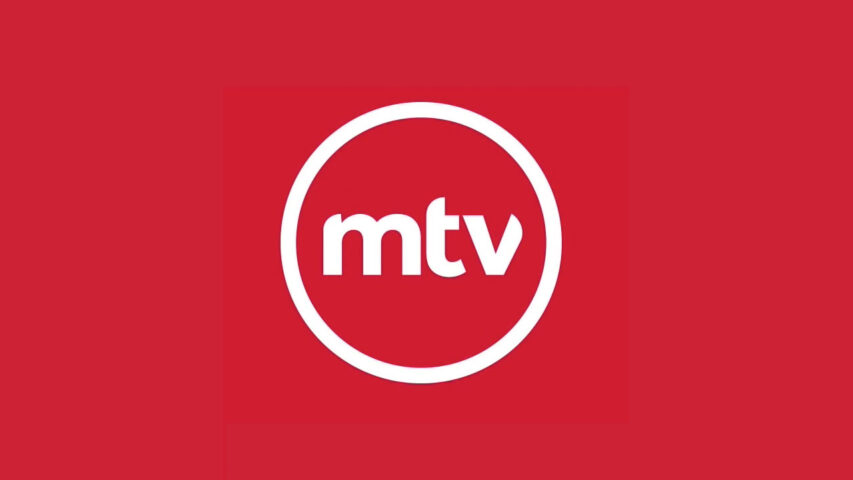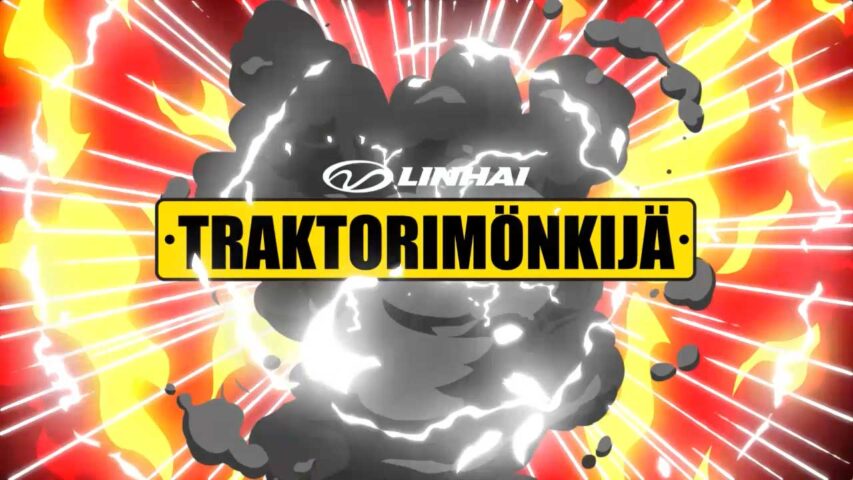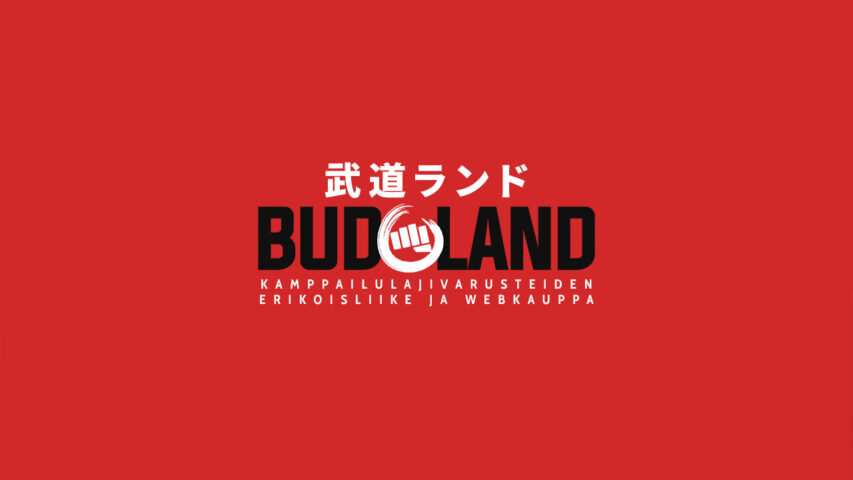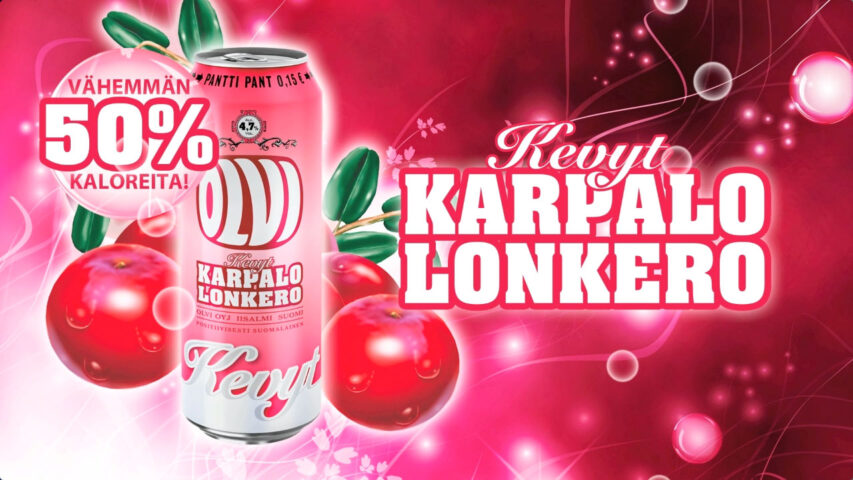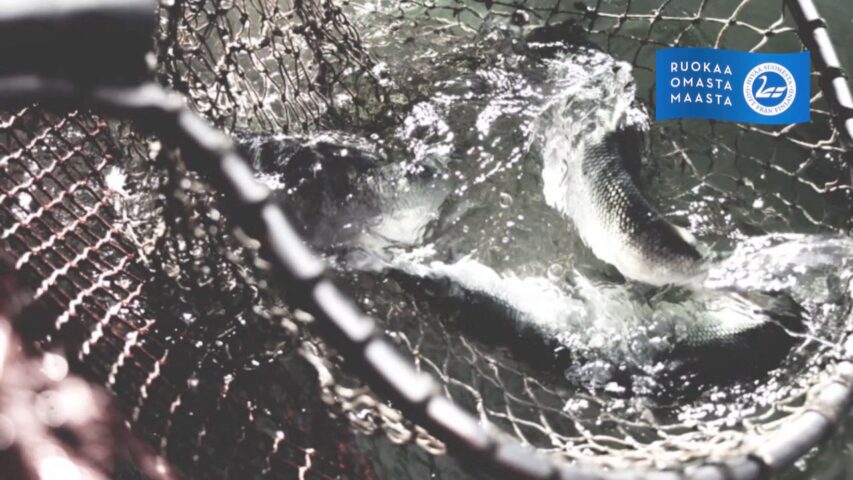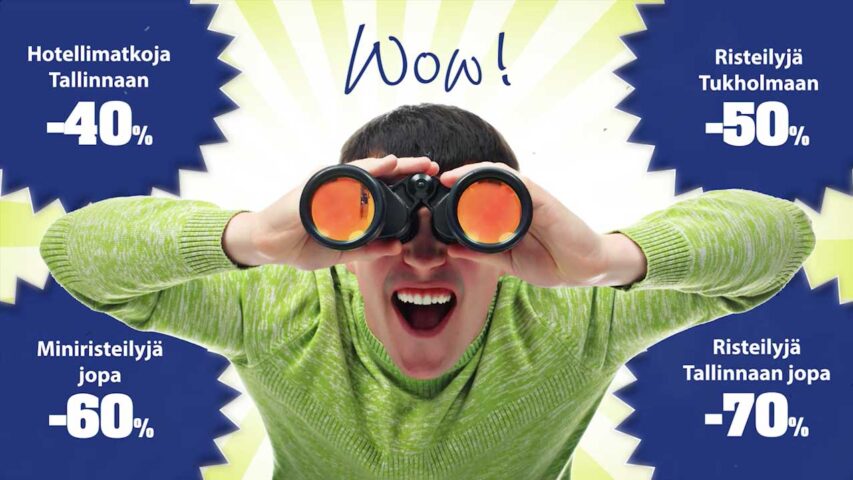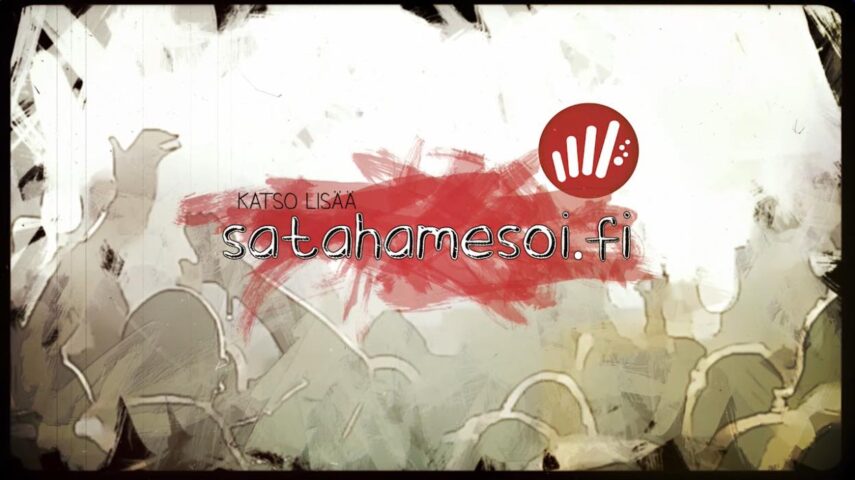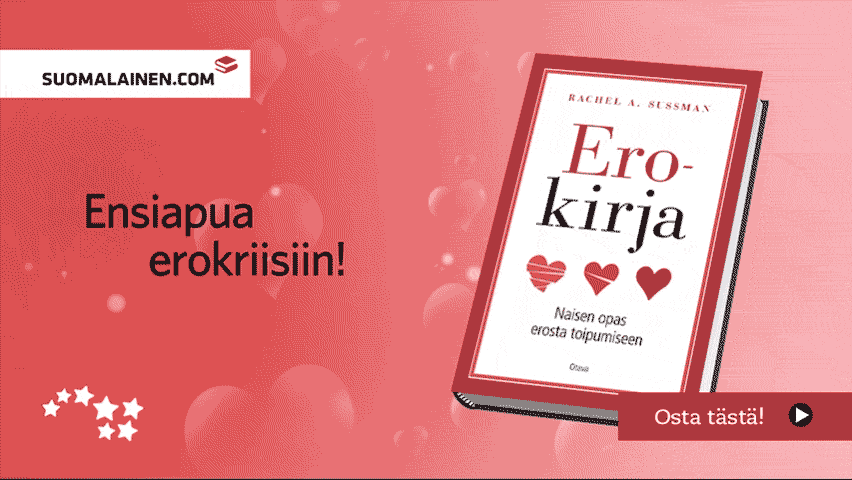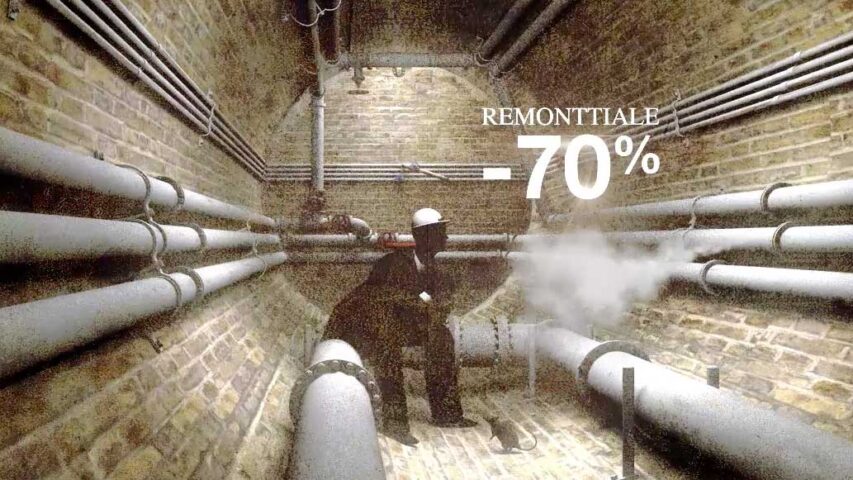Independence Day
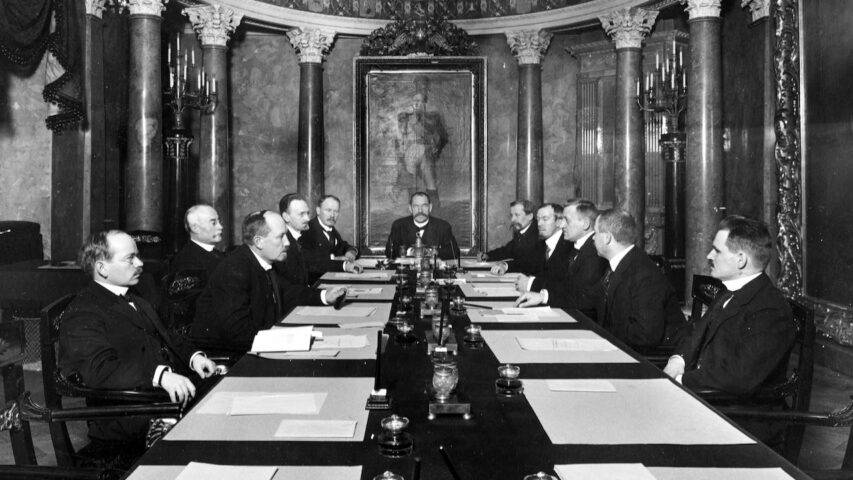
The campaign for Finland’s independence started after the revolutions in Russia, caused by disturbances inside Russia from hardships connected to the First World War. This gave Finland an opportunity to withdraw from Russian rule. After several disagreements between the non-socialists and the social-democrats over who should have power in Finland, on 4 December 1917, the Senate of Finland, led by Pehr Evind Svinhufvud, finally made a Declaration of Independence which was adopted by the Finnish parliament two days later.[1]
Independence Day was first celebrated in 1917. However, during the first years of independence, 6 December in some parts of Finland was only a minor holiday compared to 16 May, the Whites‘ day of celebration for prevailing in the Finnish Civil War. The left parties would have wanted to celebrate 15 November, because the people of Finland (represented by parliament) took power 15 November 1917. When a year had passed since declaration of independence, 6 December 1918, the academic people celebrated the day.[2]
During the early decades of independence, occasion marked by patriotic speeches and special church services. From the 1970s onwards, however, Independence Day celebrations have taken livelier forms, with shops decorating their windows in the blue and white of the Finnish flag, and bakeries producing cakes with blue and white icing.[3] It is traditional for Finnish families to light two candles in each window of their home in the evening. Celebration concludes evening meal with family and friends, made of Finnish ingredients.
Independent plans
- Composition of 3 photos
- No animation included
- No sound whatsoever
- JPEG or PNG image file
- Campaign medium excl.
- Featured composition
- 1–5 second photo animation
- No sound whatsoever
- Animated GIF image file
- Campaign medium excl.
- Animated composition
- 1–5 second duration
- Music and FX included
- Online optimised video
- Campaign medium excl.
- Animated composition
- 1–5 second duration
- Music and VO included
- Broadcast video format
- Campaign medium excl.
Campaign partners
A television advertisement is a span of television programming produced and paid for by an organization. It conveys a message promoting, and aiming to market, a product or service. Advertisers and marketers may refer to television commercials as TVCs.[1] Advertising revenue provides a significant portion of the funding for most privately-owned television networks. During the 2010s, the number of commercials has grown steadily, though the length of each commercial has diminished.[2][3]
Online advertising is a form of marketing and advertising which uses the Internet to deliver promotional marketing messages to consumers. Online advertising includes email marketing, search engine marketing (SEM), social media marketing, many types of display advertising, and mobile advertising. Many consumers find online advertising disruptive[2] and have increasingly turned to ad blocking for a variety of reasons. In 2016, Internet advertising revenues surpassed television.[4]
Digital out-of-home advertising refers to dynamic media distributed across place-based networks in venues including: cafes, grocery stores, bars, restaurants, health clubs, colleges, arenas, gas stations, convenience stores, barber shops, airports and public spaces. Networks typically feature independently addressable screens, kiosks, jukeboxes and/or jumbotrons. Advertisers are able to engage audiences and extend the reach and effectiveness of marketing messages. Also referred as digital signage.
Produced radio commercial formats include: straight read with sound effects or background music, dialogue, monologue (where the voice talent portrays a character, as opposed to an announcer), jingles, and combinations of these.[27] Studies show that the quality of the commercials is as important to listeners, generally, as the number of ads they hear.[28] Also the first or second commercial to air during a commercial break has higher recall than those airing later in the set.[29]
Case: Produced in Finland
Hyvää Suomesta (Produced in Finland) label is a voluntary designation of origin for Finnish packaged food products. The label is used by food industry companies operating in Finland that manufacture their products using Finnish ingredients. The label is owned by Ruokatieto Yhdistys ry (Finfood – Finnish Food Information association).[1] In 2016, the Hyvää Suomesta brand was voted the sixth most respected brand in Finland in the annual Brand Valuation Survey by Markkinointi & Mainonta and Taloustutkimus.[2]
Portfolio | other projects
Campaign testimonials
Campaign request
Even when you have a slightest idea what you or your organisation needs, you should contact us right away. We can conduct and give you creative examples for your campaign agenda. The whole process starts when you contact us either by brief email or by submitting the contact form right here. After we have accepted your campaign request, you can call us directly by using client hotline. We probably give you just a quick call first to set an appointment. You should reserve at least two weeks prior to a campaign deadline.

